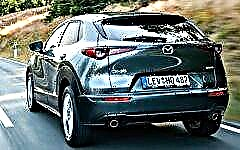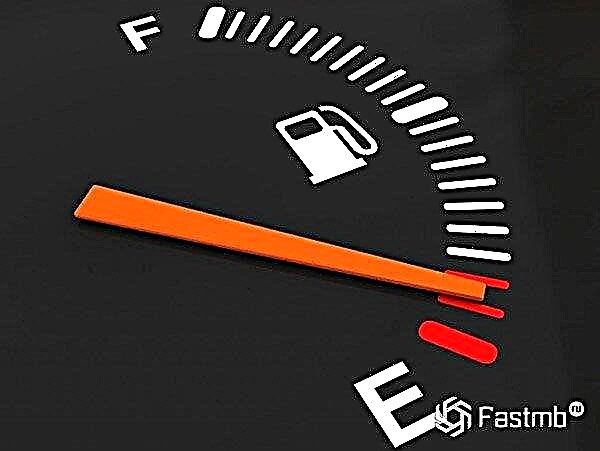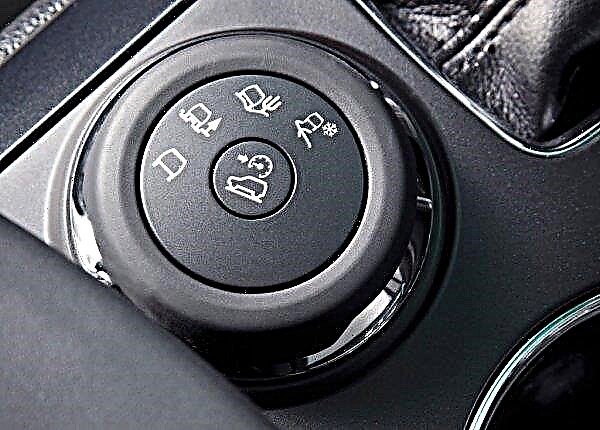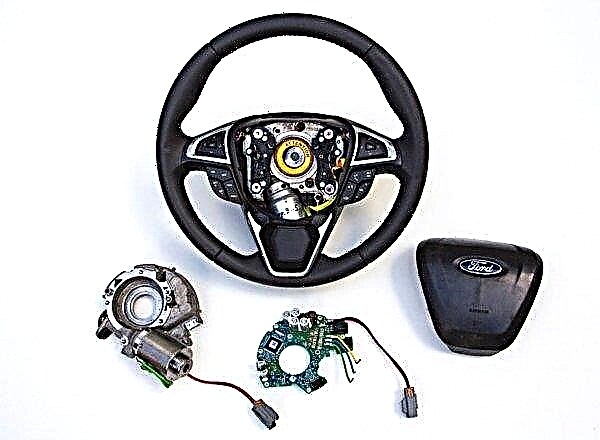Driving should always be smooth and the mechanisms in perfect working order. Let's talk about the principle of operation and how the mechanism works.

The content of the article:
- A little about the system
- Composite mechanisms
- DAS advantages
- Principle of operation
Each driver is accustomed to driving a car in his own way, some easily control the car, while others grab the steering wheel and go around every obstacle. A driver with experience in steering will tell you how good the car's chassis is or whether the wheels are out of balance. But for some drivers, this vibration is annoying, or heavy handling over long distances tires.
What is adaptive steering

Most manufacturers are just eyeing an electronically based adaptive steering mechanism, not mechanically. Nissan has developed and implemented this system on production vehicles. To have an idea, this system does not have a rigid mechanical connection from the steering wheel to the wheels in the case of active DAS.
In addition to Nissan cars, this mechanism has been installed on Infiniti Q50 cars since 2013. The electronics allow you to tailor the steering function to the specific driving conditions and road surface.
In the steering we are accustomed to, the steering torque is transmitted to the steering racks, then to the mechanisms and to the wheels. Here, in a completely different way, based on electronics, the torque is read by the servo drive and transmits the processed information to the wheel drives.
What mechanisms does the system consist of?

The main components are from the steering wheel to the wheels. The first on the list is the steering wheel servo (1), this mechanism marks the transmission of the moment when the driver turns the steering wheel. Electromagnetic clutch (2), electronic control units (3) it is they, on the basis of the received data, that transmit signals and the last elements are the servos of the steering mechanisms (4).
Regarding the sensors, two types are used here, the first are those that are responsible for the steering angle. The control units, having received information from this sensor, calculate at what angle the front wheels should turn. A second wheel force sensor is installed on the front wheel steering gear. It is used to generate feedback with the steering wheel, depending on the driving conditions.
Benefits of Direct Adaptive Steering

The advantage of the adaptive steering system over the standard system is its speed, more precise control, there is no vibration on the steering wheel, moreover, new functions can be implemented on the basis of this system.
The DAS (Direct Adaptive Steering) system allows the driver to choose how the steering wheel will be, his reaction and the effort to turn. There are special settings for this, there are also three programmed control programs: standard, heavy and light. Comfortable control of cars provides a direct digital channel to the steering rack from the steering wheel, it will also ensure the accuracy of movement along the trajectory, and this has a strong effect on safety. Another small secret of the system is straight-line movement with side interference in the form of wind, and you will not need to steer. A characteristic that the driver will not notice is vibration on the steering wheel when driving on uneven surfaces.
In addition to the above, thanks to the electronic filling, the system allows you to implement other functions, especially with regard to active safety or unmanned control. As a result, based on DAS, a lane keeping system is implemented, thanks to which the car is kept in the lane, automatically twisting the steering wheel in the right direction.
If there are pluses, then there are minuses. But so far he is only one, it is hard to accept the fact that you will drive the car virtually, that is, turn the steering wheel without any effort, and all other actions will be performed by electronics.
How DAS works

The system starts working by receiving signals from different sensors. Further, these signals are sent to the control units. As in any mechanism, there must be protection and safety net, in this case, safety is provided by three blocks for controlling signals. They carry out constant control of each other, readily substitute for each other at any time. Also, control units work in tandem with other systems to carry out automatic calculations of other systems.
Accordingly, with the wired logic and the program, the control units create control of the actuators such as the steering servo, the wheel servo and the electromagnetic clutch near the steering wheel. Let's consider the mechanisms and their purpose separately. Thanks to the steering servo, the wheels will turn at a certain angle, as a rule, engineers have installed their own servo for each wheel.
To simulate the reality of turning the steering wheel with effort, the steering servo is used, creating the feeling of wheels sliding along the road. An important safety feature is the electromagnetic clutch. When power is applied, the clutch will be open and the steering will be wired. If electricity is not supplied, then the mechanism is blocked, and the wheels are controlled at the usual level, with the help of mechanics. As a rule, the electromagnetic clutch is placed in the rupture of the steering column, otherwise the focus will not work.

The principle of operation is not so complicated, when the driver starts to rotate the steering wheel, the steering wheel rotation sensor reads the angle of the position change and transmits the information to the control units. Next are the calculations of how far you need to turn the front wheels. Thus, the servo moves the steering rack and turns the wheels according to the calculated angle.
At the same time, having calculated the steering angle, the control unit sends a signal back to the steering servo and simulates the steering effort. As you can see, the principle of operation of the mechanism is not complicated, but it still requires great precision of the mechanisms and their consistency. In addition, it is worth monitoring the health of the entire mechanism.











